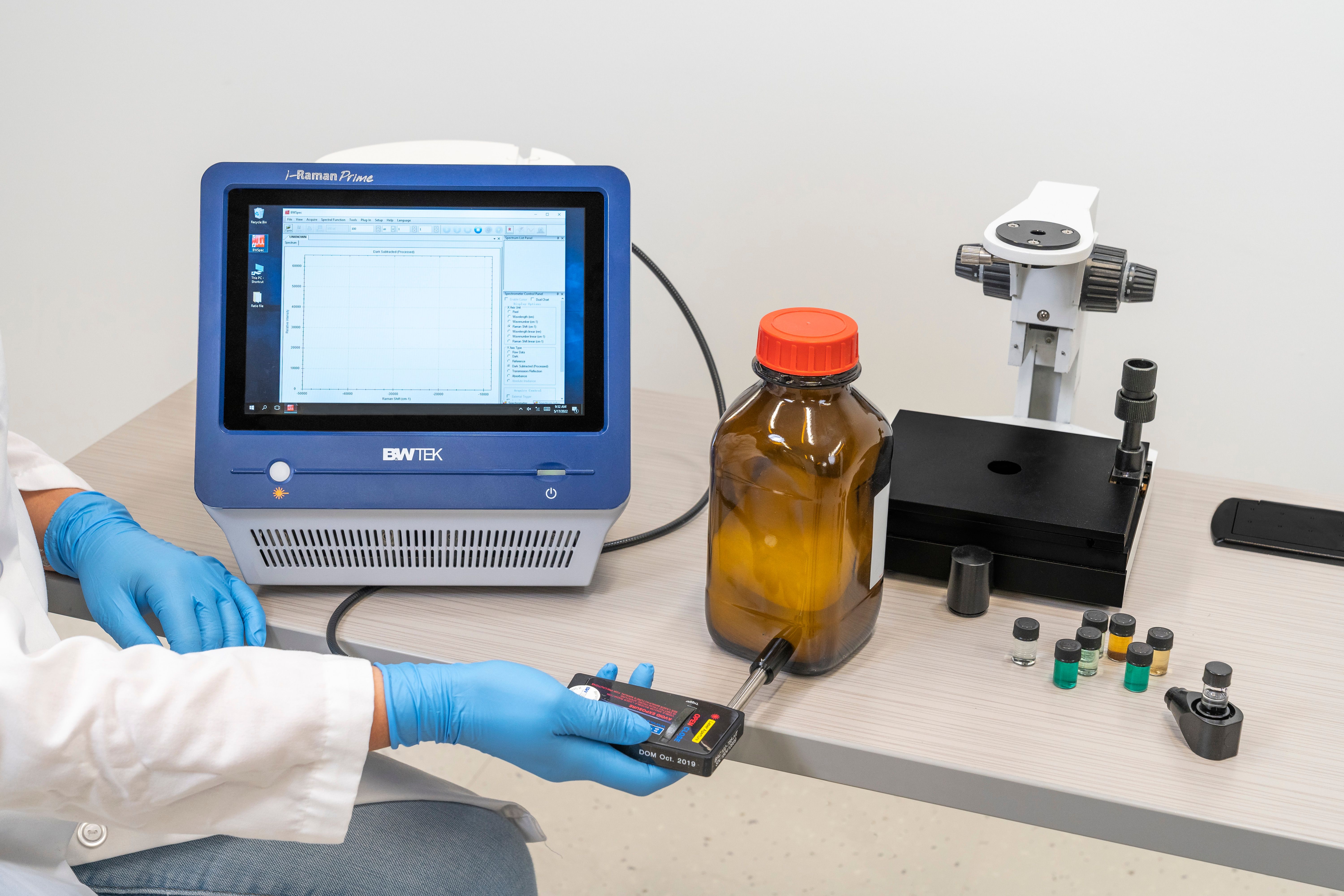Raman spectrometers

Metrohm’s Raman spectrometers are designed to deliver insights about reaction dynamics, blending, and other processes. According to the company, the spectrometers provide qualitative and quantitative chemical information and are easy to integrate into production or in situ experiments.
Metrohm USA, Inc., Riverview, FL. www.metrohm.com
New NIR/Raman Remote Imaging Reveals Hidden Salt Damage in Historic Fort
June 10th 2025Researchers have developed an analytical method combining remote near-infrared and Raman spectroscopy with machine learning to noninvasively map moisture and salt damage in historic buildings, offering critical insight into ongoing structural deterioration.
Night Vision Boosts Affordable Raman System for Long-Range Chemical Detection
Published: June 9th 2025 | Updated: June 9th 2025Researchers in Thailand have developed a cost-effective standoff Raman spectroscopy system using a night-vision intensified spectrometer and digital correction algorithms. The system reliably detects chemical compounds at distances up to 60 meters with high spectral resolution.
Tip-enhanced Raman Scattering using a Chemically-modified Tip
Published: June 9th 2025 | Updated: June 17th 2025In this tutorial article, Yukihiro Ozaki explores the recent advancements and broadening applications of tip-enhanced Raman scattering (TERS), a cutting-edge technique that integrates scanning probe microscopy (SPM) with surface-enhanced Raman scattering (SERS). TERS enables highly localized chemical analysis at the nano- to subnano-scale, achieving spatial resolution well beyond the diffraction limit of light. Ozaki highlights the versatility of TERS in various experimental environments—ranging from ambient air to ultrahigh vacuum and electrochemical systems—and its powerful utility in fields such as single-molecule detection, biomolecular mechanism studies, nanomaterial characterization, and high-resolution imaging.